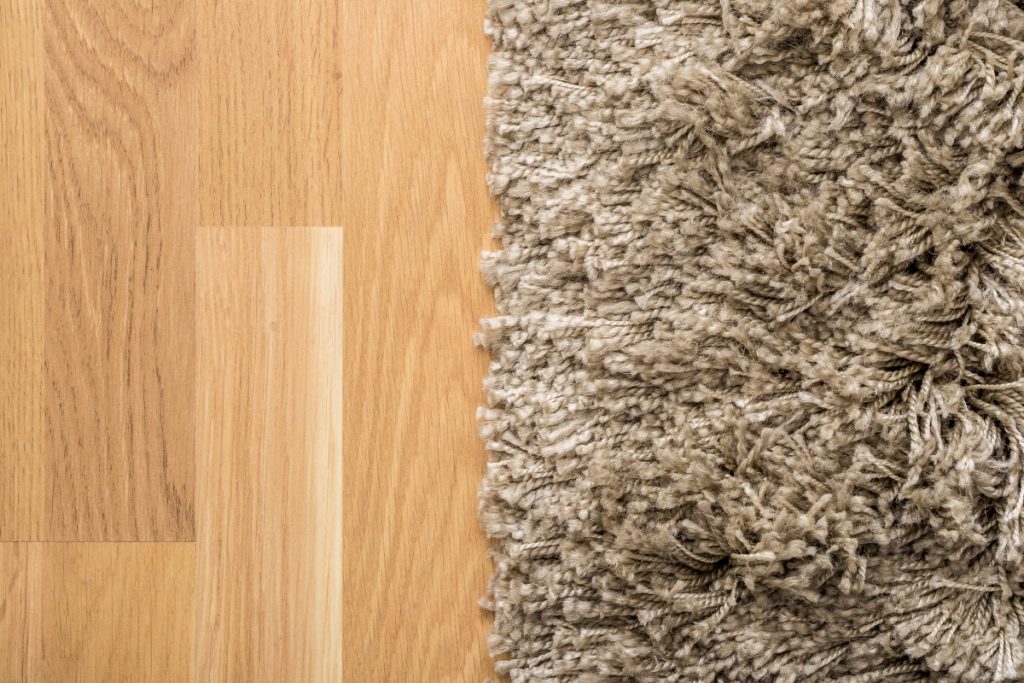Did you know that the air inside our homes can be up to five times more polluted than outside air? In fact, according to the EPA, the air in your home is likely to be a significant source of indoor air pollution. This is because many everyday household items release harmful chemicals into the air. Here are five of them:
VOCs
Most of us know indoor air quality can be worse than outdoors, but many don’t know that those everyday household items are often the source of indoor air pollution. Volatile organic compounds (VOCs) are chemicals that quickly become vapors or gases, and they’re found in a wide range of products, from cleaning supplies to paint. When these chemicals are used indoors, they can build up to dangerous levels, causing various health problems, from headaches and dizziness to cancer.
Fortunately, there are several things you can do to reduce the levels of VOCs in your home. When using products containing VOCs, open windows and doors to ventilate the area, read labels carefully, and use only the recommended amount. And when purchasing new products, look for those with low or no VOCs. These simple steps can help create a healthier indoor environment for yourself and your family.
Radon
Radon is a naturally occurring gas found in any home, no matter its location. Although it’s invisible and odorless, radon is the leading cause of lung cancer among nonsmokers, according to the EPA. In fact, radon is responsible for about 21,000 lung cancer deaths every year.
The best way to protect your family from radon is to have your home tested. If the radon level is high, there are ways to reduce it. One standard method is installing a Ventilation Radon Mitigation System (VRMS), which brings fresh air into the home and exhausts contaminated air through a roof vent. If you are unsure whether there is radon in your house, you can hire a radon mitigation service provider. The service provider will inspect your house and test radon presence. The test will help determine what radon is present in your house and whether it is above par level or below. If the levels are above par, the service provider can help mitigate radon from your home and make it healthy for living.
Asbestos
Asbestos is a naturally occurring mineral used in various building materials due to its resistance to heat and chemical damage. However, it has been linked to several serious health problems, including lung cancer and mesothelioma. If you suspect that your home may contain asbestos, it is essential to have it tested by a professional.

If asbestos is found, you should take steps to reduce your exposure to it. For example, you may need to have your home professionally cleaned or sealed. You should also avoid disturbing any materials containing asbestos and ensure that trained professionals carry out any repairs or renovations. Taking these precautions can help protect yourself and your family from the potentially harmful effects of asbestos.
Lead poisoning
Although we try to keep our homes clean and safe, they can be full of harmful chemicals. One of the most common is lead poisoning, which occurs when lead from paint or dust enters the body. Lead poisoning can cause various health problems, including brain damage, learning difficulties, and behavioral issues. Although it is most often found in older homes, lead poisoning can occur in any type of house.
The best way to reduce the risk of lead poisoning is to have your home tested for lead levels and to take steps to remove any present lead. You can also reduce the risk of lead poisoning by taking precautions when renovating or painting your home, such as using low-lead paint and a HEPA filter when sanding. Taking these measures can help keep your family safe from the harmful effects of lead poisoning.
Pesticides
Pesticides are designed to kill pests, but their chemical makeup can also harm humans. Studies have shown that pesticide exposure can cause various health problems, including cancer, reproductive difficulties, and neurological damage. Unfortunately, these chemicals are present in many homes, often at levels that exceed what is considered safe.
There are many ways to reduce harmful chemicals in your home. For example, you can choose pest control methods that do not rely on pesticides, such as traps and bait stations. You can also reduce dust levels, which can help minimize your exposure to these harmful chemicals. Taking these precautions can help protect yourself and your family from the dangers of pesticide exposure.
Many harmful chemicals in our houses can cause health problems for our families and us. Some of these chemicals come from the materials used to build our homes, while others come from cleaning products. However, you can do a few simple things to reduce the level of these harmful chemicals in your home. Taking these precautions can help create a healthier environment for your family.


